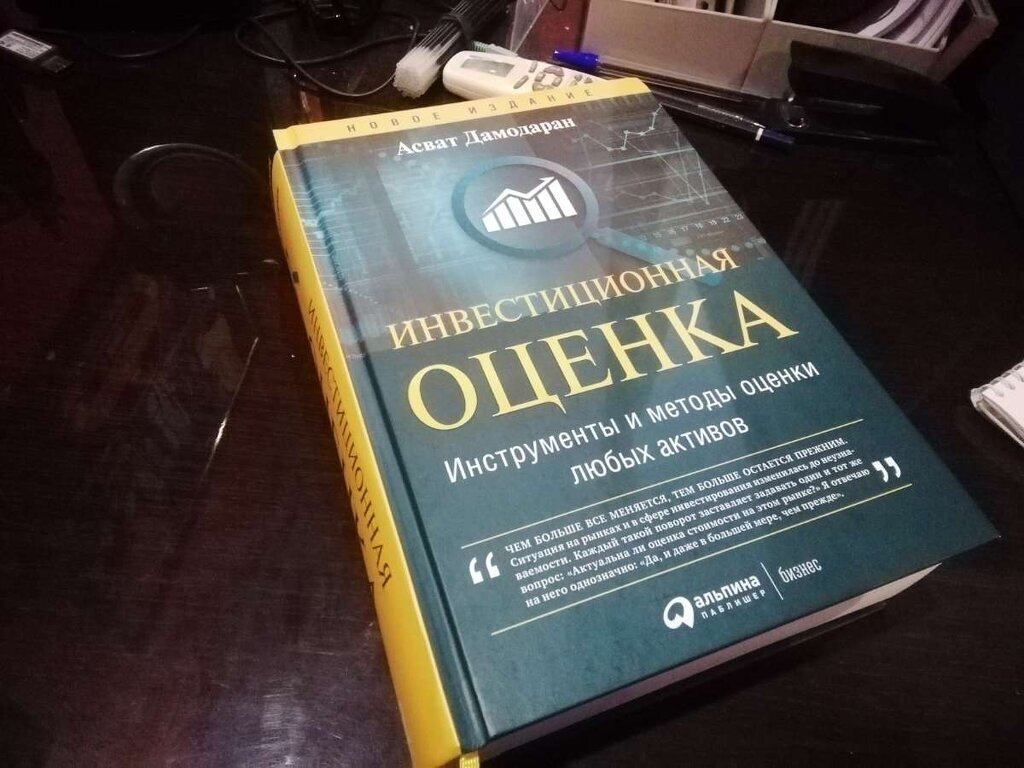What Is Volatility in Finance? Definition, Calculation & Examples
Contents
An impending court decision, a news release from a company, an election, a weather system, or even a tweet can all usher in a period of market volatility. Any abrupt change in value for any underlying asset — or even a potential change — will inject a measure of volatility into the connected markets. There are many ways investors can incorporate volatility into their trading strategies, but all involve risk. If prices are randomly sampled from a normal distribution, then about 68% of all data values will fall within one standard deviation. Ninety-five percent of data values will fall within two standard deviations (2 x 2.87 in our example), and 99.7% of all values will fall within three standard deviations (3 x 2.87).

You then back-solve for implied volatility, a measure of how much the value of that stock is predicted to fluctuate in the future. Market volatility is where the changes in price in a given market become rapid. When there is market volatility, it is an indication that there is either an upward or downward price movement in the market. So, when the market becomes volatile, bullish traders tend to increase prices on commodities on what they regard to be a good news day.
Market Volatility
Remember, the trailing stop price essentially self-adjusts and remains below the market price by the number of points or the percentage that you specify, as long as the stock is moving higher. Once the stock begins to move lower, the stop price freezes at the highest level it reaches. In volatile markets, profits can suddenly vanish and turn into losses, so consider ways to lock in more gains when you can. One approach here would be to lower the profit target for parts of your positions. Or if your stock is moving sharply higher, consider selling a portion of your position, while letting the remainder ride to capture any further gains. If you’re disciplined, you may be able to take advantage of volatility—while minimizing risks.
What is Volatility Trading?
In trading, volatility is a measure of how prices or returns are scattered over time for a particular asset or financial product. It is a key metric because volatility creates profit potential.
The price of an at-the-money option will exhibit greater sensitivity to volatility than the price of a deeply in- or out-of-the-money option. Therefore market makers will take a combination of volatility values when assessing the volatility of a particular asset. Implied volatility takes five metrics — the option’s market price, the underlying asset’s price strike price, time to expiration, and the risk-free interest rate — and plugs them into a formula .
Charles is a nationally recognized capital markets specialist and educator with over 30 years of experience developing in-depth training programs for burgeoning financial professionals. Charles has taught at a number of institutions including Goldman Sachs, Morgan Stanley, Societe Generale, and many more. Determine the difference between each price in the set and the average price. All expressions of opinion are subject to change without notice in reaction to shifting market conditions. Data contained herein from third-party providers is obtained from what are considered reliable sources. However, its accuracy, completeness or reliability cannot be guaranteed.
How do you trade volatility?
Beta determines a security’s volatility relative to that of the overall market. When volatility spikes, it may be possible to generate above-average profits, but you also run the risk of losing a larger amount of capital in a relatively shorter period of time. If the economy is in trouble, certain assets may experience an increase in volatility that may not otherwise have been experienced. Abrupt changes to a nation’s economy can have a strong influence on forex currencies, stock markets, and more. Volatility is what drives the profits derived from financial markets.
The offers that appear in this table are from partnerships from which Investopedia receives compensation. Investopedia does not include all offers available in the marketplace. As of August 2021, Shopify Inc. has a beta coefficient of 1.45, making it significantly more volatile than the S&P 500 index. Microsoft Corporation , as of August 2021, has a beta coefficient of .78, which makes it slightly less volatile than the S&P 500 index.
As a writer for The Balance, Kimberly provides insight on the state of the present-day economy, as well as past events that have had a lasting impact. Measured by the moving standard deviation of the growth rate of Irish exchange rate. Individual stocks can also experience short-term volatility around certain events. In today’s markets, it is also possible to trade volatility directly, through the use of derivative securities such as options and variance swaps.
An investor could “time” the market, i.e. buy the stock when the price is low and sell when the price high. For most investors, timing the market is difficult to achieve on a consistent basis. The term implied volatility refers to the estimated volatility of a financial instrument’s price in the future. Implied volatility is commonly used in options pricing and increases during downtrends and decreases during uptrends, because market participants usually consider bearish markets as riskier than bullish ones. As an investor, there are steps you can take to prepare for the next market correction and ultimately feel more at ease when it occurs.
By the end of the year, your investment would have been up about 65% from its low and 14% from the beginning of the year. It may help you mentally deal with market volatility to think about how much stock you can purchase while the market is in a bearish downward state. Historically, the normal levels of VIX are in the low 20s, meaning the S&P 500 will differ from its average growth rate by no more than 20% most of the time. And factor models and how they can be used to improve trading performance.
What are volatility strategies?
Instead of trading directly on the stock price (or futures) and trying to predict the market direction, the volatility trading strategies seek to gauge how much the stock price will move regardless of the current trends and price action. Volatility is a key component of the options pricing model.
Here are the most common types of volatility traders should be most concerned with and interested in. Despite the low volatility, there is still much money to be made from the most liquid market in the world. Traders can either increase the frequency or trade size to make up for the lack of intense movements or use a tool called leverage to amplify movements.
Volatility for investors
Volatility often refers to the amount of uncertainty or risk related to the size of changes in a security’s value. A higher volatility means that a security’s value can potentially be spread out over a larger range of values. This means that the price of the security can change dramatically over a short time period in either direction. A lower volatility means that a security’s value does not fluctuate dramatically, and tends to be more steady.

Volatility is a statistical measure of the deviation of returns for an investment or financial instrument. Simply put, volatility refers to the amount of price gkfx review change over a given period of time. The more the price tends to change over a given time span, the higher the volatility of the financial instrument.
Related Coverage in Investing:
Often, if the VIX is high, the stock prices in the market fall, and investors allocate more of their capital to fixed income securities (e.g. treasury bonds, corporate bonds) and “safe havens” like gold. Market Volatility describes the magnitude and frequency of pricing fluctuations in the stock market and is most often used by investors to gauge risk by helping to predict future price movements. A measure of risk based on the standard deviation of the asset return. Volatility is a variable that appears in option pricing formulas, where it denotes the volatility of the underlying asset return from now to the expiration of the option. Analysts look to the VIX as a measure of fear and uncertainty in the investment community because it represents the market’s volatility expectations for the next month or so. So, the standard deviation of Acme Adhesives’ stock price for the five-day period in question is $1.69.
First and foremost, you should establish a long-term financial plan and stick to it. This plan should include your goals, wants, needs, and your current budget and assets. Having a solid plan in place means that you also have a long-term investment horizon and allocate assets accordingly. Finally, investors should always have cash set aside in case of emergencies and should revisit their financial plan as often as necessary to make sure it still reflects their wishes and needs. By following these steps, it is easier to remain calm during periods of market fluctuations and avoid losses that can result from emotional investment decision-making.
Some may have considered it a high volatility market until the emergence of cryptocurrencies like Bitcoin. In business and finance, the term ‘volatility’ can also refer to canadian forex review fluctuations in interest rates, the value of a currency, market confidence, etc. A popular trading strategy to trade on volatility is called the Bollinger Band Squeeze.
In the example below, the S&P 500 traded within a sizable 40% range during 2019. The first half of the year remained within a 28% range, while the back half traded within an 18% range. During two distinct periods, the S&P 500 traded within a 6% range before function of foreign exchange market a breakout and expansion. Each six-month period also was trapped within a tighter, under 5% trading range. During Q4 of 2019, USDJPY traded within just a small, 1.77% range. Let’s use as an example a garden house nozzle that has several different settings.

He is a professor of economics and has raised more than $4.5 billion in investment capital. The information in this site does not contain investment advice or an investment recommendation, or an offer of or solicitation for transaction in any financial instrument. IG accepts no responsibility for any use that may be made of these comments and for any consequences that result. It’s found by observing a security’s performance over a previous, set interval, and noting how much its price has deviated from its own average. The term volatility indicates how much and how quickly the value of an investment, market, or market sector changes. Take the square root of the result to find the stock’s standard deviation for the period in question.
However, volatility during its most extremes can be outright scary and uncomfortable for even the most experienced and stoic traders. Initial minimum deposits are just 0.001 BTC, making it a low barrier for entry for even those with small starting capital. The platform caters to traders of any account size or experience level, from beginner to professional. Throughout this helpful guide, you’ve learned all there is to know about volatility, its meaning in economic markets, and why it matters to traders. Volatility, capital, and trading strategies are the most crucial pieces of the profitability puzzle. In spot markets, buying low and selling high protects capital from risk and grows profit margins.
PrimeXBT products are complex instruments and come with a high risk of losing money rapidly due to leverage. You should consider whether you understand how these products work and whether you can afford to take the high risk of losing your money. Meanwhile, using derivatives or contracts such as CFDs, traders can long or short without having to actually buy or sell the underlying asset by placing bets on if an asset price will rise or fall. These assets trade at relatively stable prices due to the sheer size of these markets and the liquidity they offer. Historical speaks to the volatility of an asset over a set period of time, looking back across past price action. There are several types of volatility, each providing traders and analysts a unique view of price action within a specific timeframe and more.
Causes of Price Volatility
Another strategy to consider is converting traditional IRAs or 401s that have experienced declines to Roth IRAs, which grow income tax-free and do not have RMDs and qualified withdrawals are tax-free. Finally, there are several estate planning opportunities that investors could consider in volatile markets. For one, intra-family loans can be particularly powerful when interest rates are low, and this is often the case during bouts of volatility. Similarly, Grantor Retained Annuity Trusts rely on an interest rate called the 7520 rate, which tends to follow the same pattern of going down during market instability. While these strategies may not be right for all investors, they can be beneficial for many during otherwise trying times. Implied volatility shows options traders the degree of stocks volatility in the future.
Since observed price changes do not follow Gaussian distributions, others such as the Lévy distribution are often used. Volatility is a statistical measure of dispersion around the average of any random variable such as market parameters etc. For simplicity, let’s assume we have monthly stock closing prices of $1 through $10. Volatility is often calculated using variance and standard deviation.
When Bollinger Bands tighten in times of low volatility, this is usually a sign of upcoming volatility which can be successfully traded with the BB Squeeze. Alternatively, traders can use a volatility index to track the current market volatility, such as the VIX or CBOE volatility index. A treatment of the bias is almost inevitable when designing volatility forecasting models and tests based on high-frequency returns over intervals of less than an hour. The VIX index is often used as a proxy for the current market volatility level.
What are volatility indicators?
The volatility indicator is a technical tool that measures how far security stretches away from its mean price, higher and lower. It computes the dispersion of returns over time in a visual format that technicians use to gauge whether this mathematical input is increasing or decreasing.
When the bands squeeze for an extended period of time, a break in volatility is likely due. During powerful volatility, the bands expand to extremes and give them a strange appearance. The more volatility in a market, the more trading interest it attracts. Volatility increases profit potential, but also the potential for risk of loss increases just as much.
The My Trading Skills Community is a social network, charting package and information hub for traders. Access to the Community is free for active students taking a paid for course or via a monthly subscription for those that are not. A basis point is 0.01% and is typically used when quoting interest rate changes. Wealthspire Advisors LLC is a registered investment adviser and subsidiary company of NFP Corp. Wealthspire Advisors is a registered investment adviser and subsidiary company of NFP Corp. To the best of our knowledge, all content is accurate as of the date posted, though offers contained herein may no longer be available.
For instance, leading up to a company’s earnings report, the implied volatility increases substantially (i.e. options activity and variance), especially for high-growth equities. In valuation, one common measure of volatility is called “beta (β)” – which is defined as the sensitivity of a security to systematic risk relative to the broader market. If a company’s share price has historically undergone dramatic swings in pricing on a frequent basis, the stock would be considered to be volatile. A measure of the degree to which a security rises or falls in price over a period of time. Implied volatility describes how much volatility that options traders think the stock will have in the future. Economists developed this measurement because the prices of some stocks are highly volatile.
Volatility measures how dramatically stock prices change, and it can influence when, where, and how you invest
Market volatility is a great indicator of the state of the market and overall investor sentiment. Characteristically, a highly volatile market experiences large swings in value, while a less volatile market experiences steadier returns. Volatile markets can be caused by a variety of outside factors including macroeconomic news and political change. Regardless of the cause, volatile markets represent unpredictability and uncertain investor sentiment. Many investors turn to a market volatility index to get a gauge for overall market risk.
Volatility also provides the excitement and rush traders feel when markets are especially wild. Boredom can lead to losing interest in trading, so the more volatility and lively markets are, the more thrilling they can be. Few factors can cause an increased spike in volatility as news can. Breaking news impacting markets or monetary policy in some way can have a butterfly effect across markets that sends volatility soaring.
When it comes to the market as a whole, volatility is often related to macroeconomic factors rather than industry or company-specific issues. In many cases, a combination of these types of factors may catalyze market-wide volatility. In finance, volatility refers to the how frequently and drastically an asset or index changes in price. To annualize this, you can use the “rule of 16”, that is, multiply by 16 to get 16% as the annual volatility.




